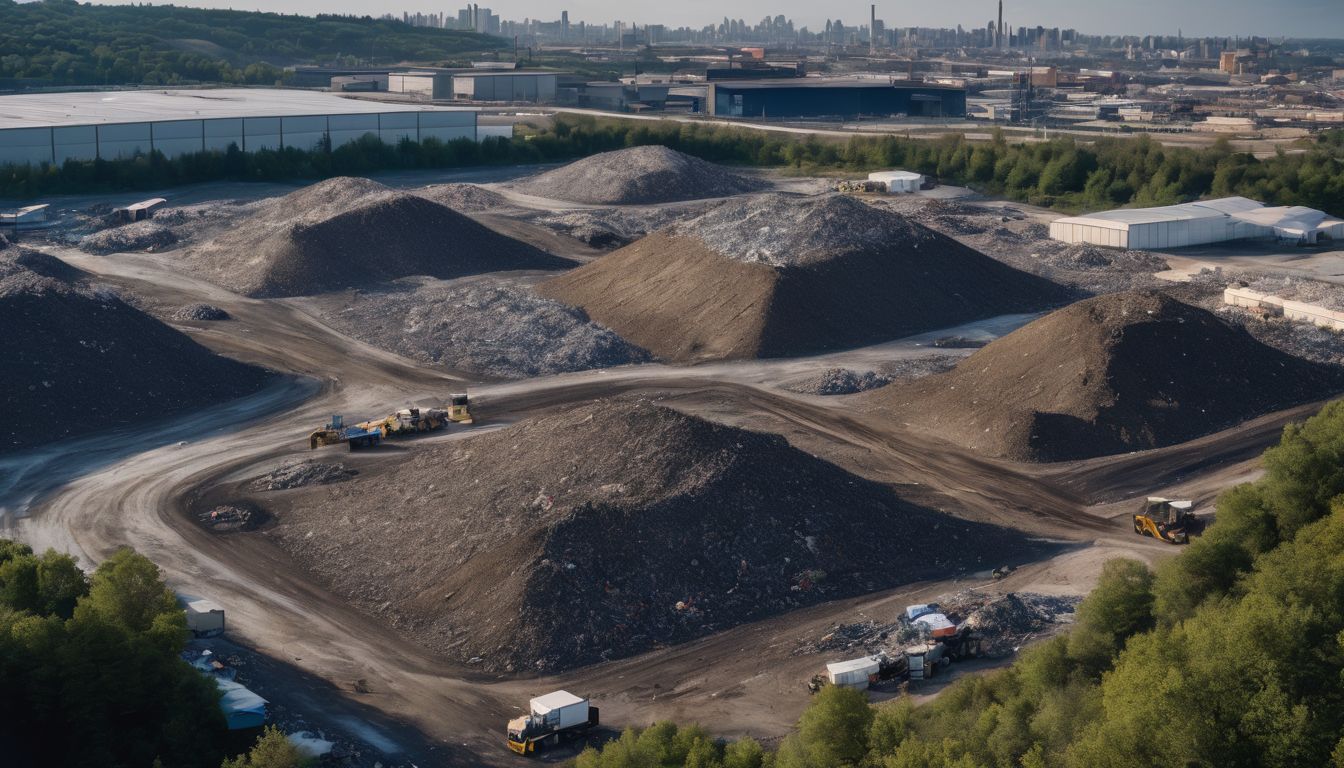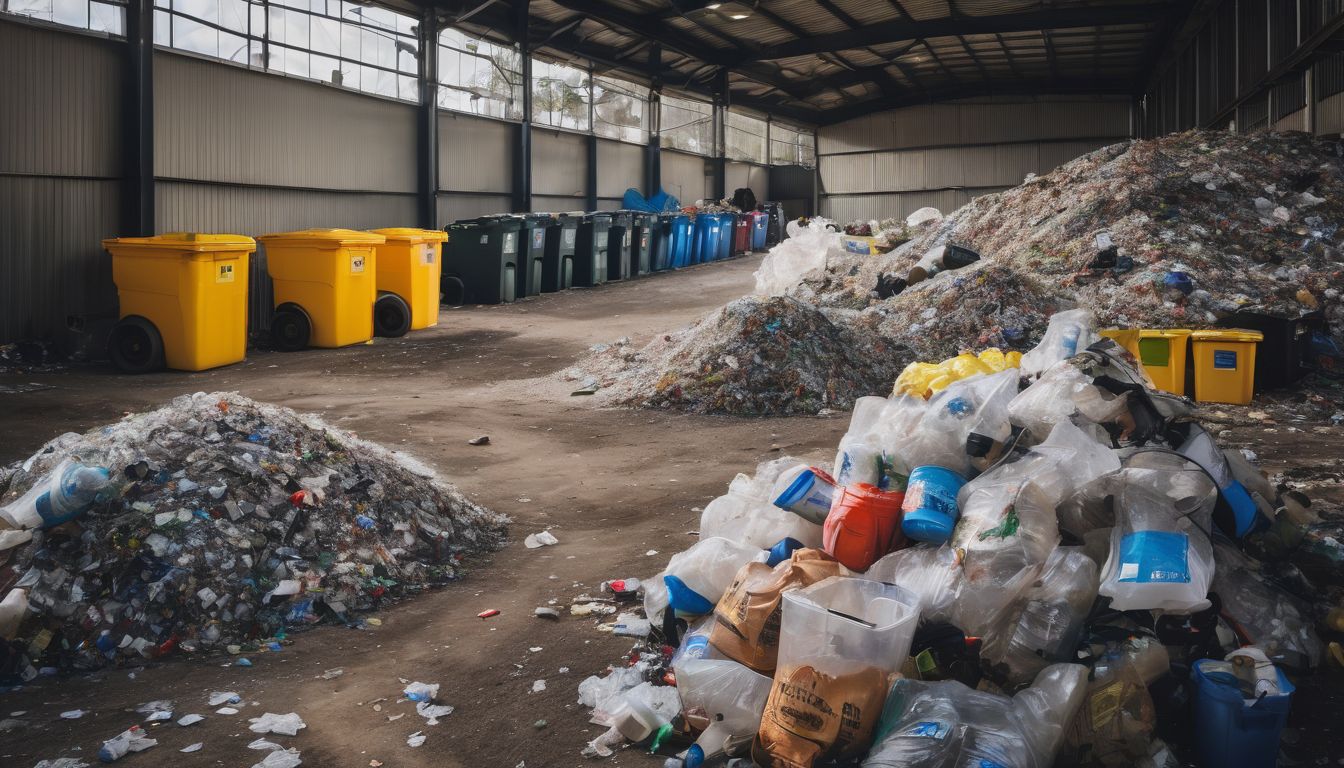Whether you spend most of your time in an office environment, live in an apartment complex or condo association, or are concerned with how green your school is, there was never a better time to get involved and start up a recycling program for your community! This is a great way to bring the community together for a common goal, while spreading awareness about global dilemmas such as waste management and community development. You can pursue different development strategies depending on how much time you can dedicate to the project, but every bit helps.
BENEFITS FOR THE ENVIRONMENT: We’ve all heard that recycling is great, but the benefits deserve repeating. Instead of using brand new resources from the earth or forest (metals, woods, plastic, etc.), we can reuse materials that have already served a purpose. In doing so, we save energy, reduce greenhouse gas emissions, reduce general pollution, and refrain from draining precious natural resources.1 For example, it takes 95% less energy to recycle aluminum than it does to make it from scratch.2 Recycling also reduces our strain on growing landfills, which is even more troubling as the population increases. Our planet has a finite amount of resources, recycling is the only sustainable way to continue our way of life without fully depleting certain natural resources.
BENEFITS FOR THE ECONOMY: By starting community recycling programs, you are bringing green jobs to your community and providing accessibility to recycling rebates. In California, residents can get 10 or 20 cents in return for recycling certain bottles and cans.3 As fuel prices rise, energy costs will also increase. The more resources we can reuse, the less money producers spend on energy and resource extraction, which should save consumers money in the long run.
Costs: Variable. This could be your life passion, and you could produce the best community recycling program in your State, or this could be a hobby of yours, where you see potential for improving local sustainability and do so, but don’t sweat over every tiny detail. Fiscal costs can be more troubling than time costs, so I recommend getting in contact with your municipal government and searching for grants/partnerships to absorb the financial burden.
 4
4
Tips For Getting a Recycling Program Started in Your Community:
1) Planning
A program that works well for a school campus is likely different than one that functions in an office or neighborhood environment, so know your community. The first step is assessing what is lacking. Does your local waste management company/landfill have a recycling center? If so, how far is it from most people’s homes? Are there some recycling bins on your university campus, but without any visible system in places that need it most, like cafes and social areas? Are most people just throwing out their recyclables along with their other waste either because there are no recycling bins or perhaps due to lack of information and/or laziness? Ask these sorts of questions to gather information. You should also get a sense for what programs are already available in your area with some . The better you understand the systems in place, the more efficiently you can improve upon them. Taking action to address the greatest recycling flaw in your community is a challenge, but without proper planning, it is impossible.
Next, consider the logistics of your proposal. If looking at a neighborhood, determine what is more practical for users while also being the most feasible to set up: curbside pickup, or a centrally located community recycling station. Curbside pickup is extremely convenient for residents, but the costs associated with it may be too great for the program to get off the ground. Recycling stations on the other hand are easier to set up and manage, and can serve multiple functions. They can be a collection facility, location for recycling rebates to be honored, and can serve as a good community service opportunity for volunteers!
 5
5
2) Organization
When implementing a program such as a recycling station, consider what location will best suit the community’s needs. Should it go in a grocery store parking lot, at a school, or near a park? Also, decide what the hours of collection will be, how many people will be on staff, and how many positions could be volunteer-based. For something a bit different, like a small program in your office, ask around to see who would be willing to be involved in managing the office recycling program. If one person can volunteer per week to consolidate the office recycling bins and drive them to the community recycling station (assuming one exists), they could reap all of the financial incentives personally. This task could be rotated from week to week with people working together for the common good and a personal benefit. Or you could all decide to donate your rebate proceeds to a charity or an office party or birthday fund. The same sort of camaraderie applies in an apartment complex. Get some friends together and make a plan about how you can start a localized drop-off box, which you will be responsible for maintaining and taking to the recycling center once full.
3) Operation
Once all of the plans are in place and you have a team organized, it’s time to get to work. Publicity is key. Social media is a free and sustainable way to get your message out there. Phrase the issue in a way that is easy for people to understand and will get them excited to be involved. For example, three friends and I started a group with the mission of gradually eliminating plastic bags from the University of California Davis campus. We made a Facebook event page to gauge student interest, and we had over 650 people express support in less than two days! Putting up flyers around your apartment complex, office, etc., may also be effective, but if you do so please make sure to use recycled paper! Using flyers may also make it more difficult to gather real data on your colleagues’ or neighbors’ level of interest. Whatever medium you choose, make your goals clear to the public. Prepare an informational flyer or add a concise description to your event page—you want people to know exactly what you are trying to achieve and how they can get involved.
For another UC Davis example—the main student coffee house recently ramped up its composting efforts, in large part due to increased student involvement and planning.6 New bins were installed throughout the coffee house and were marked with distinct symbols to let customers know where specific waste should go. The compost is now stored in compostable trash bags, and is then taken out to a bin destined for Jepson Prairie compost facility, 20 miles outside of Davis.7 Since Jepson Prairie sells organic compost, it is a win-win for all parties involved, and UC Davis reduces its waste stream.
A large part of community recycling, or any similar effort, is communication. Get in touch with as many like-minded people and organizations as you can. You’d be surprised how many are willing to help or have experience that will get your program moving.




